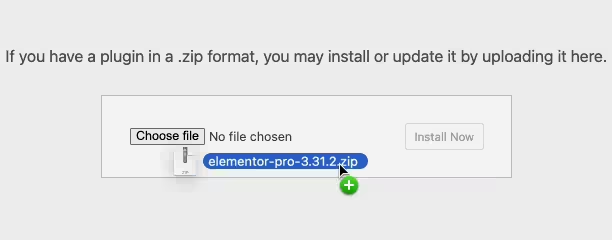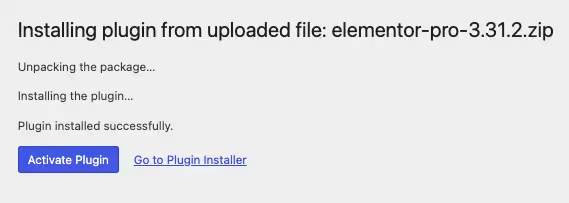User registration | Content Restriction
Updated on: February 13, 2024
Version 1.3.4

Single Purchase
Buy this product once and own it forever.
Membership
Unlock everything on the site for one low price.
Product Overview
Enhance your website's user experience with the "User Registration | Content Restriction" plugin. This powerful tool allows you to create a seamless registration process, ensuring that only authorized users can access specific content. Designed for flexibility, you can easily customize registration forms and restrict access to everything from pages to posts. Plus, it integrates smoothly with your existing WordPress setup, making it a breeze to implement. What makes it stand out is its user-friendly interface, allowing you to manage registrations and content restrictions effortlessly. Elevate your site's functionality and control who sees what with this essential plugin.
Key Features
- Customizable registration forms to suit your site's branding.
- Easy content restriction settings for posts, pages, and custom content.
- Intuitive user management dashboard for tracking registrations.
- Seamless integration with popular membership plugins.
- Email notifications for new registrations and approvals.
- Role-based access control to manage user permissions effectively.
- Responsive design ensuring a smooth experience on all devices.
- Extensive documentation and dedicated support for troubleshooting.
Installation & Usage Guide
What You'll Need
- After downloading from our website, first unzip the file. Inside, you may find extra items like templates or documentation. Make sure to use the correct plugin/theme file when installing.
Unzip the Plugin File
Find the plugin's .zip file on your computer. Right-click and extract its contents to a new folder.

Upload the Plugin Folder
Navigate to the wp-content/plugins folder on your website's side. Then, drag and drop the unzipped plugin folder from your computer into this directory.

Activate the Plugin
Finally, log in to your WordPress dashboard. Go to the Plugins menu. You should see your new plugin listed. Click Activate to finish the installation.

PureGPL ensures you have all the tools and support you need for seamless installations and updates!
For any installation or technical-related queries, Please contact via Live Chat or Support Ticket.